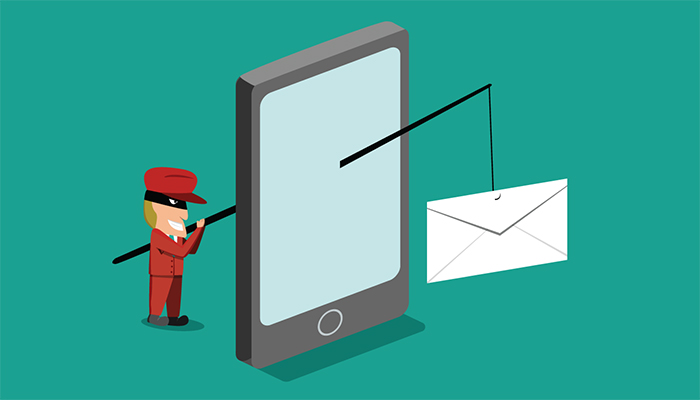
Your loved one may be watching for phishing scams on email, but now there are scams carried out by short message service (aka, texting). “Smishing” scams rose 58% in 2021. Nationwide they cost victims over $10 billion. Seniors are a prime target, as three out of five now own smartphones. While convenient, smartphones present new opportunities for getting scammed. Time to alert your relative to smishing.
Smishers masquerade as businesses your loved one may already deal with: Amazon, Netflix, the bank, or the postal service. Typical ploys involve bogus claims of
- a “shipping issue” (25% of smishing messages are delivery scams)
- “problem with payment” method, or an invoice they say needs verifying
- concerns about “suspicious activity on your account”
Before your loved one gets a scam text, counsel them:
- Don’t reply to the text, even if it says to “text STOP” to be taken off the list. Any reply lets the scammer know the phone number is “responsive.” They can sell that valuable information to other con artists.
- Don’t call the number. Instead, go to the official website of the company to get its phone number. Call, and work with the company directly if there’s an actual problem to be solved.
- Don’t click on any links. It will likely go to a website that looks authentic but is simply set up to collect account numbers and logins. Or to download malware to harvest such information later.
- Copy the message and text it to 7726 (SPAM). There is no charge to do this. It will notify the phone carrier of the problem so they can investigate.
Ways to protect your loved one’s phone:
- Check the settings on the mobile device and turn on spam protection.
- Talk to the phone carrier about its protective services. A “call-blocking” service can be extended to cover spam texts as well.
- Consider call-blocking apps. They identify and can filter out suspicious senders for texts and phone calls. The wireless phone trade association (ctia.org) has a list of apps for Apple and Android devices.




